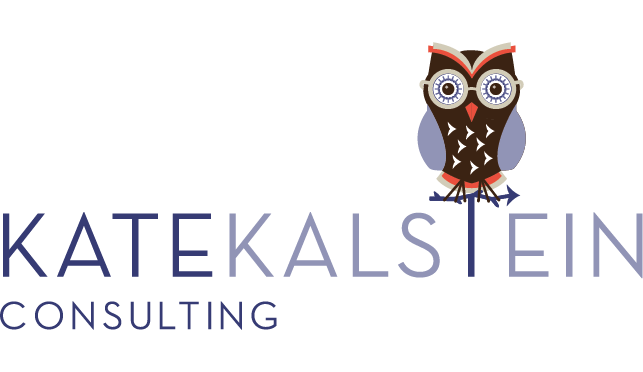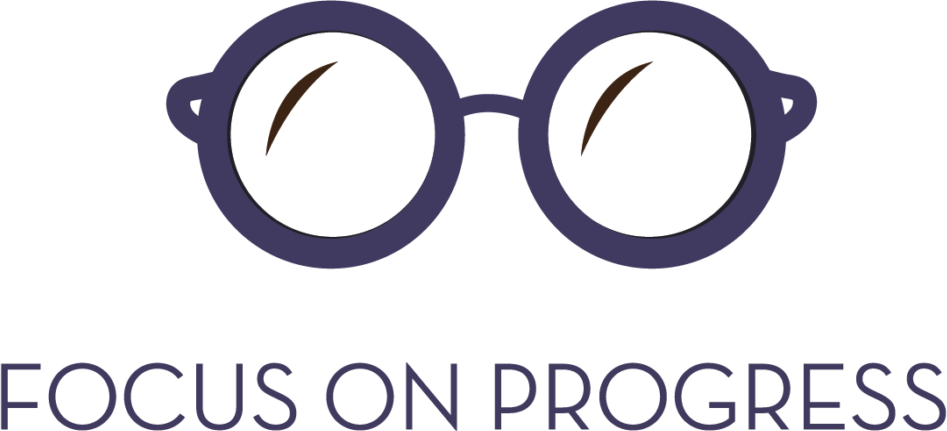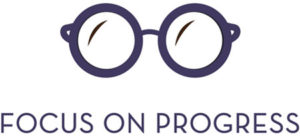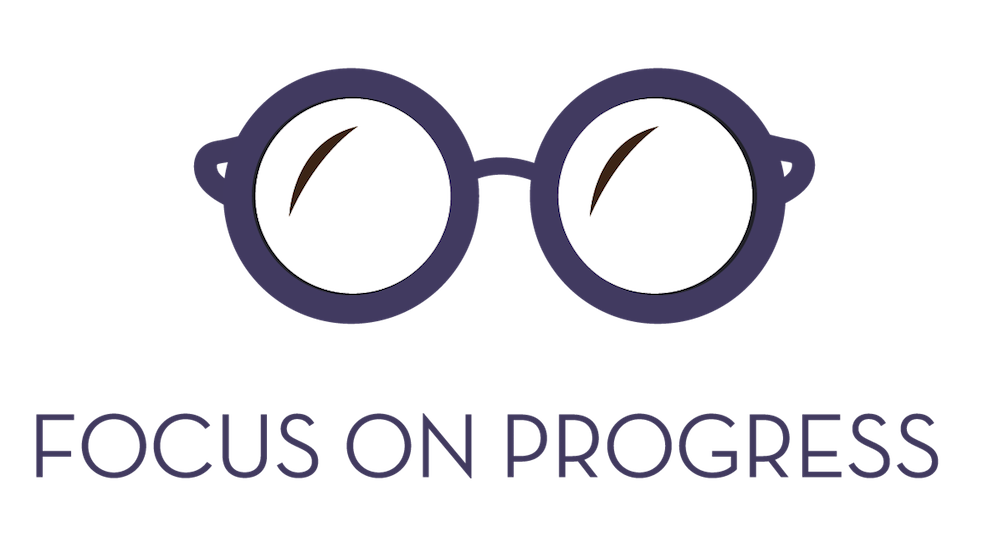Meetings Matter: Minutes & Agenda
Meetings Matter, Minutes Matter, and the Agenda Matters. How many times do board leaders realize that a meeting date is approaching but no prepared agenda and materials?
Let’s pause to consider how to avoid the chaotic assembly of a random list of topics, but instead compile a strategic agenda focused on the role of the board, the priorities for the organization, and the practical reality of the moment.
First start with a great agenda making time for a significant discussion or exploration before decision making. Share key information to allow each member to prepare thoughtfully. And include opportunities for folks to participate within their work style – written feedback, small group discussion, and large group conversation too.
Then as you look to capture the meeting in minutes that will matter, use the agenda as a template! Rather than a transcript of the conversation, minutes should include key information for reference and transparency. Here’s a quick reference with more info. You can also find more resources here.
Need a little help exploring how to strengthen your meeting practices, I’d love to help – please reach out.

 Strategic board recruiting is more than inviting folks to join the board. Impactful board development is possible when you align your board recruiting plan to your strategic priorities. Building a well functioning board is a key board responsibility, but often a challenge. Alignment of recruiting strategic with strategic priorities can help! But this requires that your strategic priorities are well known and understood. It also requires leadership to explore current board composition and identify critical needs.
Strategic board recruiting is more than inviting folks to join the board. Impactful board development is possible when you align your board recruiting plan to your strategic priorities. Building a well functioning board is a key board responsibility, but often a challenge. Alignment of recruiting strategic with strategic priorities can help! But this requires that your strategic priorities are well known and understood. It also requires leadership to explore current board composition and identify critical needs. Sit back and think about your last board meeting. Maybe you can remember the agenda items, perhaps you explored a significant issue facing your organization, and possibly you discussed a pressing question for your nonprofit.
Sit back and think about your last board meeting. Maybe you can remember the agenda items, perhaps you explored a significant issue facing your organization, and possibly you discussed a pressing question for your nonprofit. In times of chaos and uncertainty, we often strive to find control in the quest for certainty. As nonprofit organizations, many factors remain just out of control at most times like public policy and the economy. As leaders, where can you find certainty. I encourage you to start the year with certainty and clarity around your organizational mission statement.
In times of chaos and uncertainty, we often strive to find control in the quest for certainty. As nonprofit organizations, many factors remain just out of control at most times like public policy and the economy. As leaders, where can you find certainty. I encourage you to start the year with certainty and clarity around your organizational mission statement.